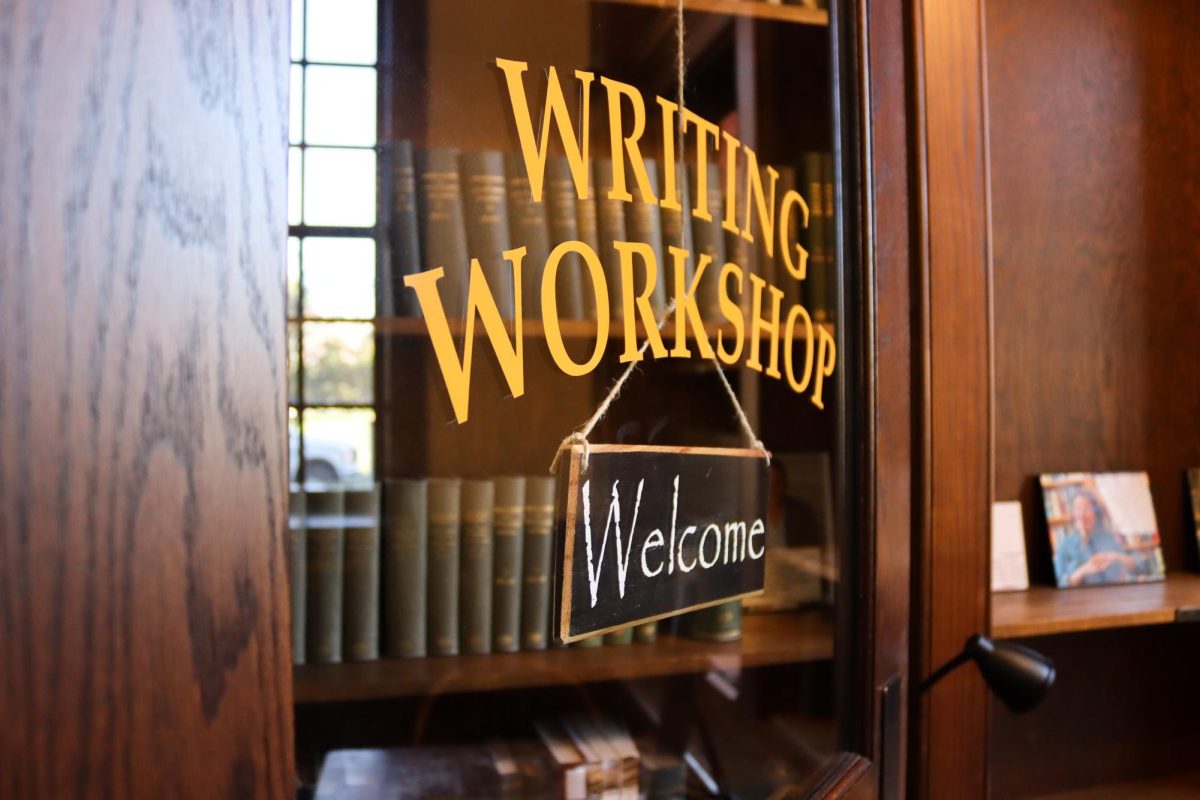
The Board of Trustees approved a new set of policies at its Sept. 27 meeting that outline the process through which community members can propose new public art. It also established a Public Art Committee that will provide guidance on the process and review proposals.
The policies, which President Maud S. Mandel announced in an all-campus email summarizing the board’s September 2024 meeting, were developed by the Ad Hoc Committee on Public Art, which included faculty from the art department, Director of the Williams College Museum of Art Pamela Franks, Provost Eiko Maruko Siniawer ’97, and one student.
The new policies “will clarify our future approach to public art and explicitly acknowledge the importance of high-quality public art on campus,” Mandel wrote. Previously, there was no comprehensive policy for public art at the College, Siniawer wrote in an email to the Record.
“Over the past several years, a number of members of the college community … have had ideas for installations on campus and have found it frustrating that there has not been a point person or group, much less a clearly articulated process, for public art,” Siniawer wrote. “From the perspective of the college, the lack of process has meant that there has not been a guiding vision for what public art on campus should strive to do.”
The policies define public art as “any creative work exhibited in a space, outdoors or indoors, that is public-facing or is shared by multiple constituencies.” Any proposed installations that meet this definition will be subject to review by the Public Art Committee, unless they are installed spontaneously, in which case they fall under the purview of the poster and protest policy. Works of art created as course assignments and those installed for less than four months do not need to be reviewed by the Public Art Committee, ad hoc committee member and Professor of Art Rit Premnath wrote in an email to the Record.
If a community member wishes to propose a piece of public art, they may submit a proposal to the Public Art Committee. The policies also require that, if the proposed public art meets several criteria, including an installation process of over four months or a cost of over $10,000, community members must meet with the committee as early as possible while drafting their proposal.
However, anyone can meet with the committee for guidance, according to the policies, even if they are developing a proposal that does not necessitate a meeting. The committee “is intended to serve as a resource for any college community member who seeks guidance on developing their idea and learning about the steps toward turning that idea into a public art installation,” Siniawer wrote.
“We at the museum often hear from students and faculty with ideas for projects on campus and want to be supportive, and we’re looking forward to having an overarching policy with clear steps to follow to help us be as helpful as possible,” Franks wrote in an email to the Record.
Per the policy, the committee will undertake consideration of proposals twice a year — once in the spring and once in the fall. When it considers a proposal, the committee will examine the potential resonance of the suggested art with the College community as well as the clarity and feasibility of the proposal.
The committee will then decide by majority vote whether to recommend the proposal to the provost of the College and dean of the faculty. If an art piece is proposed to be displayed for two years or more, the provost will inform the Board of Trustees. If a piece is intended to be permanent, it will be subject to final approval from the board.
“I hope that this process results in the College continuing to build our public art collection in ways that confront our past and present, while pointing towards the future in ways that are bold,” Premnath wrote. “Having a clear and easy way for community members to propose ideas, and a process that is deliberative, consultative and includes important voices across the College is an important step in this direction.”














